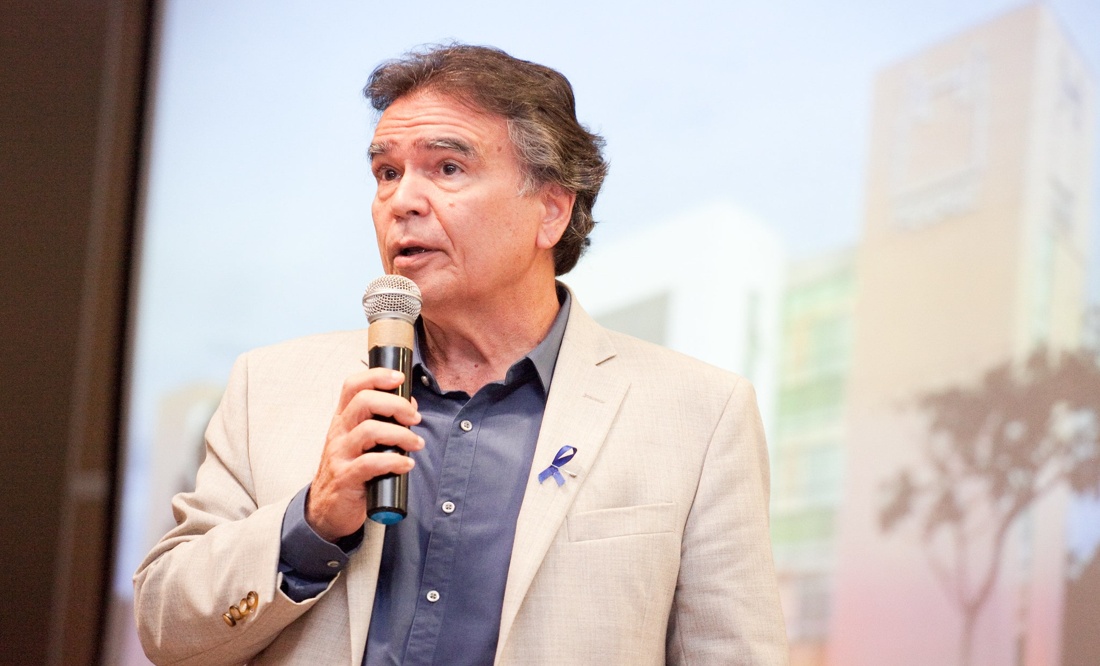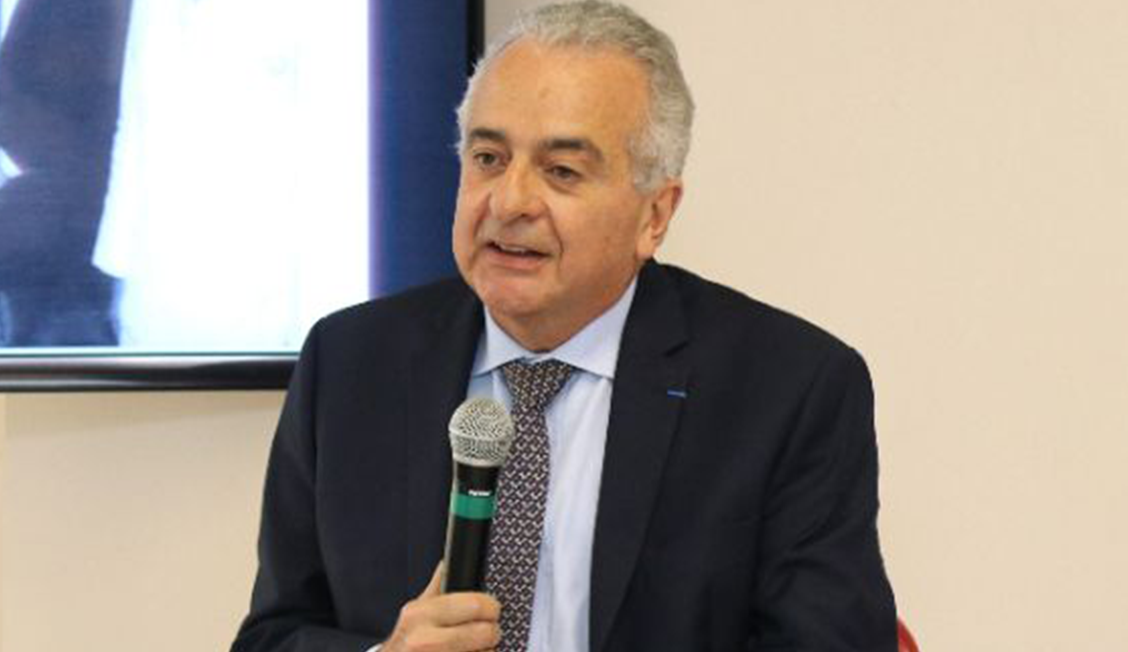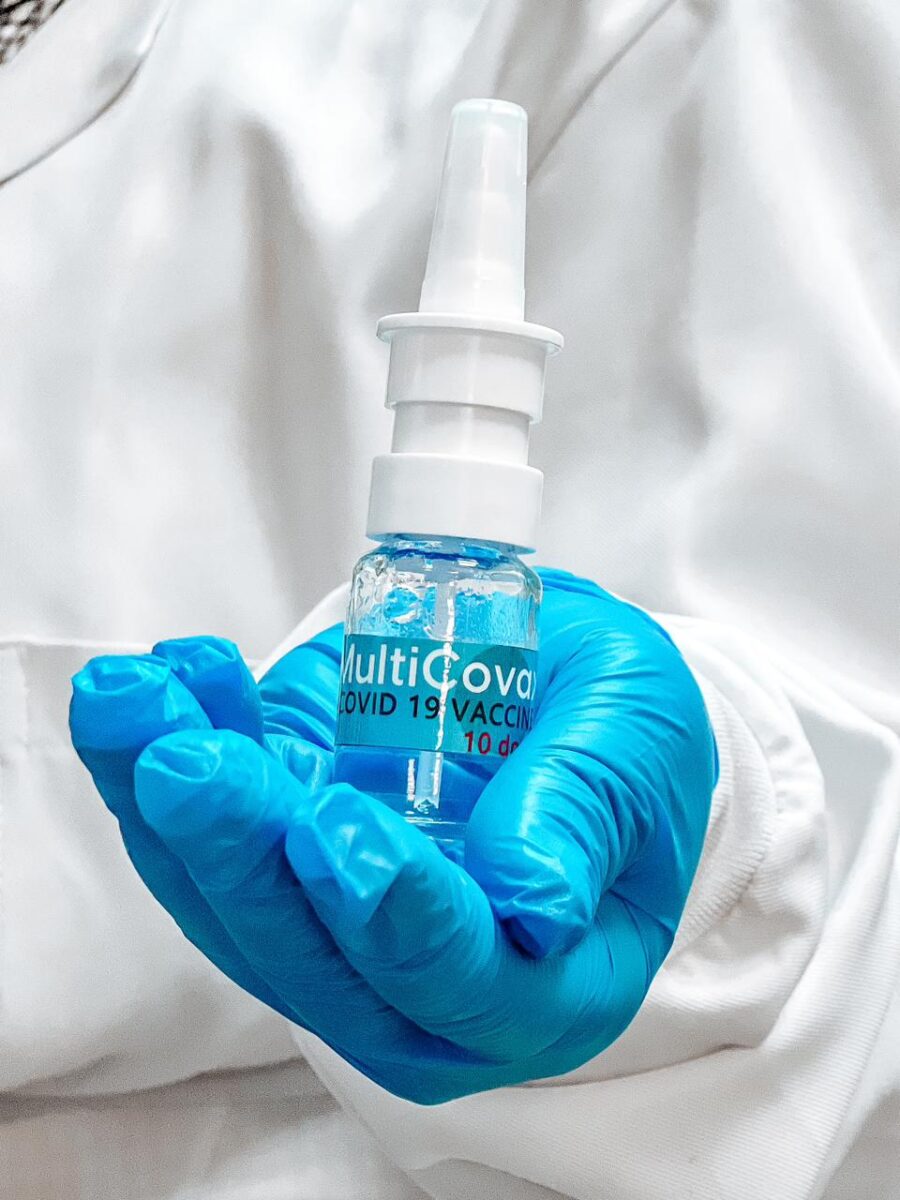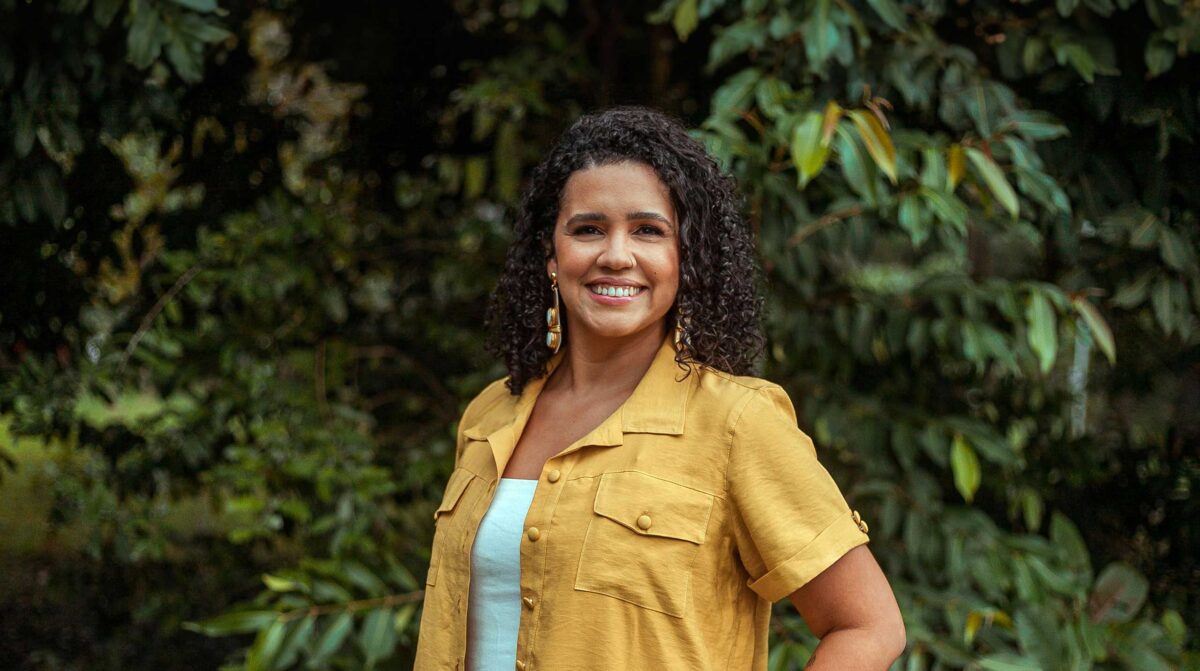 #Interviews
#Interviews
Jorge Kalil: Making vaccines in Brazil is like David versus Goliath
The country is not investing enough in the technology needed to develop and produce vaccines for the biggest threats to public health, says the former Butantan director
 Jorge Kalil, from USP: “We want equity in healthcare. It is essential to have multiple vaccine platforms” | Photo: Divulgação/USP
Jorge Kalil, from USP: “We want equity in healthcare. It is essential to have multiple vaccine platforms” | Photo: Divulgação/USP
In the first quarter of 2020, Brazil’s Ministry of Science, Technology, and Innovation (MCTI) invited two scientists to lead research into the development of vaccines against the SARS-CoV-2 virus, which causes COVID-19.
One was immunologist Ricardo Gazzinelli, head of the Vaccine Technology Center (CTVacinas) at the Federal University of Minas Gerais (UFMG), which went on to develop the SpiN-Tec-MCTI-UFMG COVID-19 vaccine candidate.
The other, also an immunologist, was Jorge Kalil of the University of São Paulo (USP), who chose to create a vaccine applied in the form of a nasal spray.
In an interview with Science Arena, Kalil—who was director of the Butantan Institute between 2011 and 2017—described the development process of the nasal vaccine, explaining the reasons and highlighting the difficulties of doing science in Brazil. One of the challenges is the “brain drain” phenomena, which he classified as “a great shame.”
“We need scientists and technologists capable of working along the entire production chain, from the discovery of the molecule to the development of the product,” says Kalil, who is a professor at USP’s School of Medicine and director of the immunology lab at the university’s Heart Institute (InCor).
Science Arena – In May, you took part in the TEDxUSP event, where you highlighted the challenges of creating a nasal vaccine for COVID-19. How did the process begin?
Jorge Kalil – At the beginning of the COVID-19 pandemic, the MCTI chose me and Ricardo Gazzinelli, head of CTVacinas, to develop SARS-CoV-2 vaccines. Gazzinelli was in charge of the SpiN-TEC studies, while my group chose to try to develop a nasal vaccine. I assembled a team of people I had worked with at InCor and USP’s School of Medicine, as well as people from the Institute of Biomedical Sciences at USP and the Federal University of São Paulo [UNIFESP], who I felt could help achieve this objective.
Why did your group choose this path, to develop a nasal vaccine?
The starting point was our prior knowledge of the SARS-CoV-1 virus, which emerged in 2002 and also causes Severe Acute Respiratory Syndrome [SARS], and which despite being highly lethal, was successfully controlled in China.
There was an important immune response called neutralizing antibodies, which prevented the virus from entering the cell to multiply. We knew that these antibodies acted against the spike protein used by the virus to invade cells.
We therefore already knew that most studies would be directly focused on a vaccine that would inhibit this protein. Then the virus began to mutate and variants emerged. It is also important to note that CoronaVac [produced by the Chinese company Sinovac and bottled by the Butantan Institute], a complete vaccine that uses an inactivated form of the virus, was a poor immunizer with an efficacy of around 50% that hadn’t been tested on older individuals, who are the most susceptible to the disease.
We then moved on to the RNA vaccines, which were much better. Armed with all this knowledge, even at the beginning of the pandemic, we thought about developing an intranasal vaccine, because the virus enters through the nose.
So was the fact that the virus entered through the nose the biggest motivator?
Yes. Our vaccine induces a response in the mucosal cells, something that does not occur with intramuscular vaccines. The trick is to inactivate the virus as it enters, before it multiplies in the mucosa, which is something that facilitates transmission to other people. Intramuscular vaccines do not prevent infection and mild illness because the virus still has a chance to multiply.
How has the development process gone so far? And at what preclinical or clinical stage is the nasal vaccine now?
During the preclinical phase, we injected the virus into the nostrils of animal models and the virus quickly disappeared due to the secretory IgA immunoglobulin (a type of antibody) in the nose. Now, we are preparing the antigen.
In Brazil, there are not yet any companies with an industrial development capacity. But we invested US$4 million in a contract with a foreign company to take the antigen and place it in cells. We will be able to begin the clinical phase, with human trials, by the end of 2024.

In the preclinical phase, you observed a 100% response rate. Is there any guarantee that the result will be the same in humans?
In mice, the response rate was 100%, but even though they are genetically very similar to humans, there is still genetic, social, economic, and hygienic heterogeneity. There are many factors that can alter the response we will obtain in clinical human trials.
In addition to this heterogeneity, what other obstacles are there?
The challenges we have faced so far are often related to underfunding. The research grants on offer are very small.
It is difficult to attract students and postdoctoral researchers, because investment in research in Brazil is lagging.
Another aggravating factor was that because of the pandemic, countries did not want to export laboratory supplies. The supplies and inputs we needed are not produced in Brazil and they were taking a long time to arrive from abroad, with many suppliers facing rules that they must prioritize local laboratories in their own countries.
In total, including industrial scale production, we received R$40 million, which is around US$8 million. Meanwhile, in the USA, a call for research proposals was issued worth approximately US$500 million for each research group seeking to develop a vaccine. It’s like David versus Goliath.
If the next steps are successful and the nasal vaccine proves to be effective, what can we expect?
Our vaccine will be a game changer because it is extremely easy to administer, people are not resistant to it, and it protects against both infection and transmission. That means we will be able to control the disease. To do that, we need to convince politicians to invest in it.
In Brazil, we don’t have a culture of belief that we can solve our own problems. We always think that we need someone from the outside to do this for us.
We have a dengue vaccine, which I started working on when I was director of the Butantan Institute in São Paulo. We’ve done all the industrial development, the phase 2 clinical trials, and we started phase 3 trials in 2016.
But it wasn’t given enough impetus. This vaccine should have been ready by now. Dimas Covas, who was the director of Butantan, did not make testing this [dengue] vaccine enough of a priority.
The Butantan vaccine should already be protecting the millions of Brazilians who continue to contract dengue fever, including a significant number who die.
How is Brazil’s performance in vaccine production compared to the rest of the world? What are our strengths and weaknesses?
We still do not have the capacity to develop and produce vaccines for viruses that pose major threats. Until this happens, we remain extremely reliant on other countries. Brazil does not invest enough to be technologically independent.
We need scientists and technologists capable of working along the entire production chain, from the discovery of the molecule to the development of the product.
We do very few phase 1 and 2 clinical trials. All developed countries have this capability. China doesn’t develop new technologies just because labor is cheap. That’s a common misconception. What China has is an efficient education and training system for technical and scientific workers. They do everything in China, and they can do it cheaply because they know how to make the best use of the materials.
Brazil needs to learn that a large country—and one that intends to be a great nation—must prioritize science and technological development.
Unfortunately, what we have seen in recent times is that the best brains in Brazil usually get tired of things here and leave. I have a huge number of former students who mostly live in three places: around New York, in the Boston region, and in the state of California, especially in San Francisco and Los Angeles. It’s a great shame that we lost these people.
Were the preliminary results of the nasal vaccine trials published in a scientific journal? If not, when will this happen?
We have not yet published the results, because we want the vaccine to remain Brazilian. If it were crucial data that would allow us to contain the disease, we would have disclosed it. But because other vaccines already existed, it was not essential for us to share our preliminary results. We are now finalizing the patent so that we can publish a scientific article, which is currently being written.
What perspective does the world need to take in order to immunize the entire population?
There is a huge global effort for places in Africa and Asia to be able to produce vaccines. What we saw during the pandemic was that after the vaccines were developed, rich countries quickly immunized 90% of their populations with two doses, while poorer nations were only able to achieve 2% coverage. And they were the richest 2% of that population.
We want equity in healthcare. It is essential to have multiple vaccine platforms that can be used against different antigens. The antigen is super important, as it is the target of the vaccine. And this can only be achieved by doing basic research with viruses and understanding the immune response. We need continued investment in science and technology, so that we do not keep falling at the same hurdle.
*
This article may be republished online under the CC-BY-NC-ND Creative Commons license.
The text must not be edited and the author(s) and source (Science Arena) must be credited.


